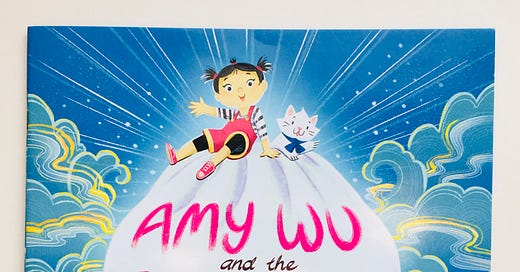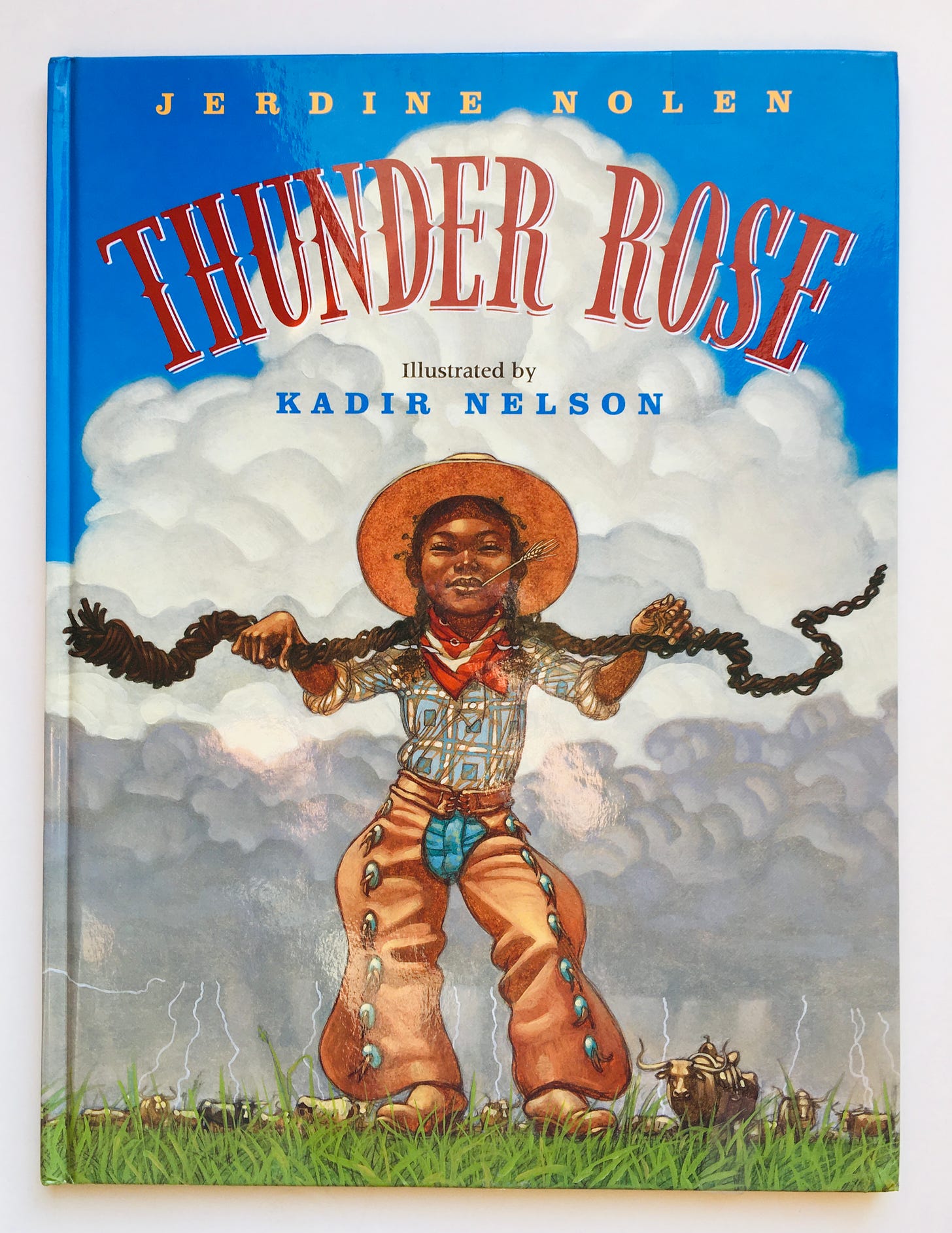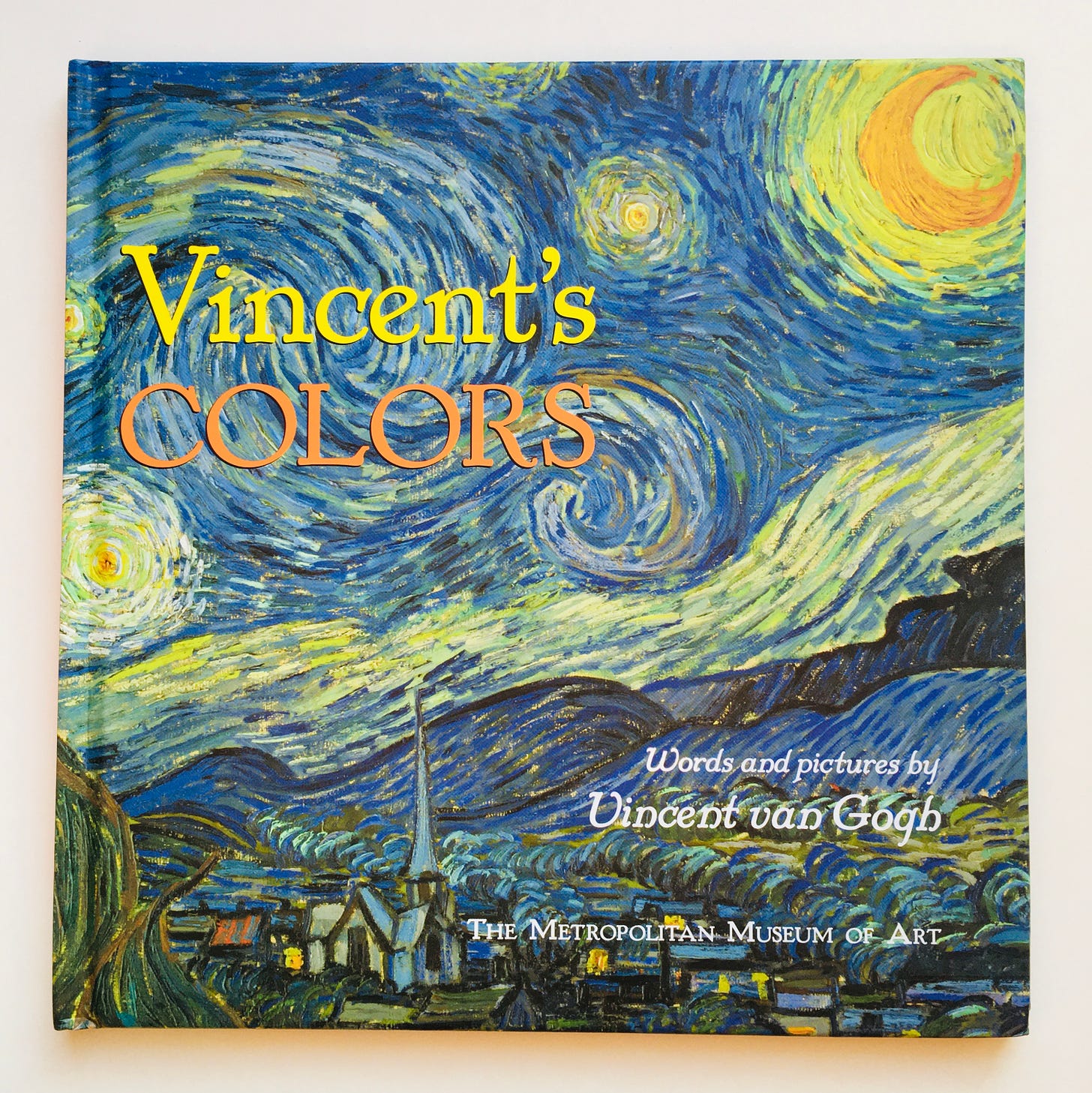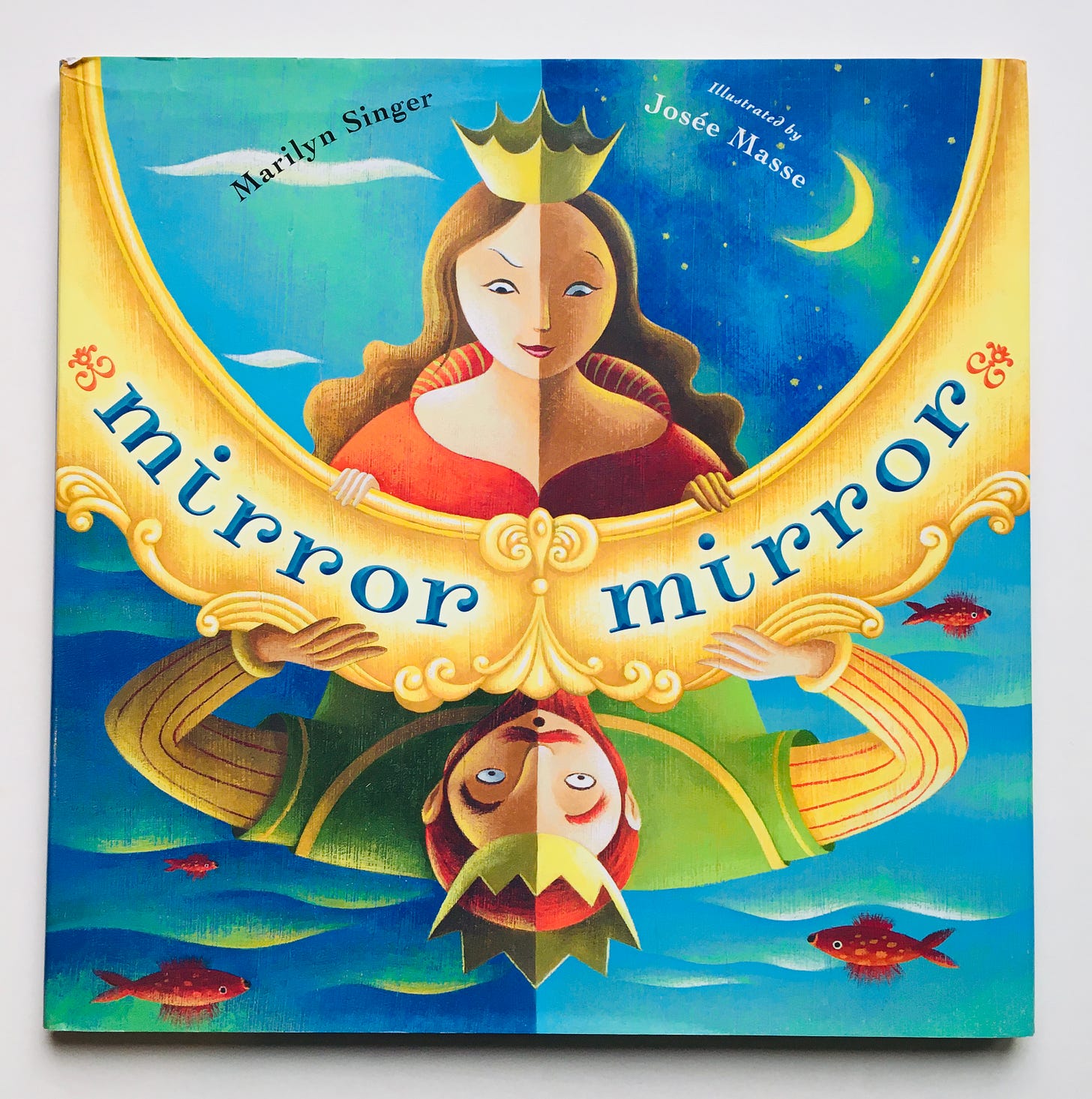Hi all! Thanks for being here today.
🧀 A few weeks ago I did a guest post for Tania Rabesandratana of the excellent Substack newsletter, Why Would Anyone. Tania writes about intrinsic motivation — the reasons we do what we do — and she asked me to compile a list of children’s books on that topic. It was fun pulling it together — be sure to check it out:
(I used a cheese emoji because I am externally motivated by cheese and it made sense at the time.)
Onwards!
Amy Wu and the Perfect Bao by Kat Zhang, illustrated by Charlene Chua (2019)
Truth: I’ve struggled with perfectionism since I was a young girl. It has taken me many years, lots of therapy, and countless hours in the rooms of 12 Step meetings to process and begin to recover, which is painful enough, but when I began to realize one of my daughters deals with the same, it was (is) almost unbearable for me to watch.
This is why I’m incredibly grateful for books like Amy Wu and the Perfect Bao — the story of a little girl named Amy who wants nothing more than to make the perfect bao (a Chinese steamed bun with savory or sweet filling). Her family is supportive and tries teaching her their techniques — her dad instructs her on how to roll the dough, her mom on how much filling to use, her (stylish, dyed-pink-hair-and-matching-outfit) grandma on how to pinch the tops together — but it isn’t until Amy has her own idea, and comes up with an Amy-sized solution, that she figures out how to make the not-so-perfect bao, which is just perfect for her.
Chua’s cheerful illustrations, digitally rendered, are marvelously expressive, especially when it comes to faces and their emotions, and serve as the perfect upbeat complement to Zhang’s text, which not only fosters a growth mindset but also speaks to the (recovering) perfectionist in both children and adults and reassures: perfection is beside the point, and even imperfect things can be wonderful (or in this case, delicious).
Thunder Rose by Jerdine Nolen, illustrated by Kadir Nelson (2003)
Thunder Rose is a cowgirl heroine of Jerdine Nolen’s invention, one she created, she writes in the author’s note at the beginning of this book, because she wanted to contribute to the long tradition of American folklore by writing a tall tale set in the West, a Black folktale that was constructed “out of love and joy, one told from that perspective of ‘fortunate feeling’ that dwells deep within each of us.” Lucky us, she imagined Thunder Rose.
Born during a wild storm of a night, Rose has “the power of thunder and lightning coursing through her veins.” Strong-spirited and forceful from the moment of her birth, she names herself, and the very next morning, declining her mother’s milk, she goes out and drinks straight from a cow. This is the type of resourceful child Rose is. She is also uncommonly strong and a very hard worker, helping her parents on their ranch, singing a song and wielding her trusty iron rod, Cole, regularly performing “eye-catching wonders,” like wrangling steer and tying up outlaws who try to rustle the family’s herd.
When a drought threatens to descend upon the land, Rose isn’t having it — she lassos a mass of clouds until it rains. When a tornado whirls up, Rose — “never being one to bow down under pressure” — faces the storm and fights back, “reaching into her own heart and bringing forth the music” that’s there, singing a powerful, Thunder Rose song.
Nelson’s oil, watercolor, and pencil are magnificent, as usual (the spread where Rose’s family looks on as her newborn self holds a vibrating ring of lightning takes my breath away). And then there is the messaging: I love that Nelson took a typically male-gendered trope and turns it on its head with a sharp, super-capable female character. But as the mother of a child who has nothing less than a spirit of fire, I adore Thunder Rose for their similarities, and I deeply appreciate that she speaks to something in my more amiable child, too, about the courage to step fully into one’s own power — and how incredibly potent and enjoyable that can be.
This is a terrific and highly recommended read.
Vincent's Colors, words and pictures by Vincent Van Gogh (2005)
Those of you with babies, this one’s for you.
I am a big fan of the children’s books published by The Metropolitan Museum of Art — I reviewed previous titles from The Met in issue No. 14 and again in No. 19 — and I think this is the best children’s book featuring Van Gogh’s classic oil paintings on the market, but what sets this one apart from other fine art/art history titles for the toddler crowd (like Julie Merberg’s excellent Mini Masters series, which includes In the Garden with Van Gogh) is the text, which has been lifted from Vincent’s copious correspondence with his only brother, Theo.* Meaning: all of the paintings are original, unchanged Van Gogh, and so are the words.
And the words are worthy:
A yellow sky with yellow sun,
a jug in squares of blue and white,
a reddish cap and orange bricks,
twelve flowers that are light on light.
It’s poetry, pure and simple, added to some of the most poetic paintings of the Impressionist era (or possibly any era?) This is a beautiful book to share with the youngest children, though I wouldn’t keep it just for them — even older children, under the right conditions, can appreciate the spare beauty and calm grace therein.
*If you’ve never read The Letters of Vincent Van Gogh, I recommend it
Mirror Mirror: A Book of Reverso Poems by Marilyn Singer, illustrated by Josée Masse (2010)
Marilyn Singer created the idea of “reverso” poems — that is, poems that are written the same way up and down. What does this mean? See the final poem in this book, titled “The Road:”
On one side of the page, she writes the first part:
It may be such
a fairy-tale secret,
this much
I know:
The road leads
wherever you need to go.
And immediately on the other side, the second part:
You need to go
wherever
the road leads —
I know
this much.
A fairy-tale secret?
It may be such.
Absolute genius, especially when you consider that though the poems have the same words, they are not the same backward and forward, thanks to line breaks and punctuation.
Mirror, Mirror’s reverso poems tell tales, like her other books — Follow, Follow, which is a follow-up also full of fairy tale retellings, and Echo, Echo, which retells Greek myths- — and they are so clever it’s hard to imagine the mind that came up with, and then executed so delightfully on them.
If you’re a poetry newbie these might be a bit too far out of your comfort zone, but if you’re already a poetry lover (or well on your way), these fascinating poems are not only a refreshing take on old, well-known stories, but a highly entertaining way to enjoy an already pretty enjoyable genre.
That’s all for today. Thanks for reading!
Sarah
P.S. If you know someone who might like this newsletter, please share!👇









Hi! I don't know where to ask this question but this feels like a good place....
Do you have any recommendations for books that are great to read specifically to a preschool classroom as a guest reader? The students are 3-5 and I am angsting about picking a book that isn't too long, isn't too short, isn't something 800 other parents have read to them already, isn't too dull, isn't too simple, isn't too complex, and so on and on and on.
Love Tania’s publications, happy to see her here! Love these recommendations, I have a birthday to buy for and this comes right on time!